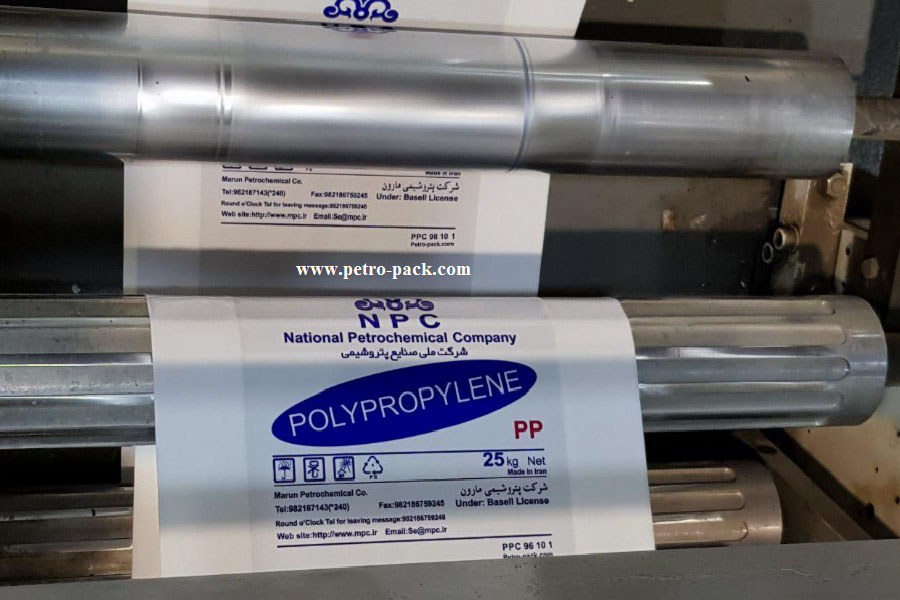In the rapidly evolving world of printing, flexographic print quality control remains a critical component for producing outstanding results. With its application spanning multiple industries, maintaining high-quality flexographic prints can transform branding and messaging. Given the importance of quality control, it’s essential to understand the mechanisms that go into achieving it. This article delves into the intricacies of flexographic print processes and delivers insightful methods to enhance quality.

Understanding Flexographic Printing
Flexographic printing, or flexo printing, is a versatile and efficient technique used for printing on various materials. Its applications range from packaging to labels, and it relies heavily on the quality of print to meet the expectations of industries that depend on clear, vibrant imagery.
How Flexographic Printing Works
The process involves a flexible printing plate which is mounted onto a cylinder. The plate consists of raised images to transfer ink onto different substrates. Understanding this process is crucial, and you can learn more from this guide.
The Importance of Quality Control in Flexography
Ensuring quality in flexographic printing is not just about visual appeal. It’s also about efficiency, consistency, and customer satisfaction. Any deviation in quality can lead to increased waste and customer dissatisfaction.
Common Quality Issues in Flexography
Some typical challenges include ink smudging, uneven coverage, and registration errors. Addressing these problems requires a combination of precise equipment and skilled operators.
Key Components of Print Quality Control
Maintaining and enhancing flexographic print quality involves several key factors, ranging from the core components of print to operational strategies.
1. Plate and Image Quality
The quality of printing plates plays a pivotal role. Any imperfections on a plate will directly translate to the print material.
2. Ink Consistency and Management
Proper ink management ensures that colors remain vibrant and consistent across various prints. Managing viscosity and the pH of inks is crucial.
3. Monitoring Equipment Calibration
Regular calibration of printing equipment can prevent deviations in print quality. This includes constant supervision of speed, temperature, and pressure.
4. Inspection and Evaluation
Consistent inspection and evaluation help in identifying potential issues early. Automated systems can facilitate efficient inspection processes.
Strategies to Enhance Flexographic Print Quality
These strategies can help improve the overall quality and reliability of flexographic prints:
Adopting Advanced Technologies
Incorporating AI in flexographic printing can significantly boost accuracy and efficiency. Discover more about its impact through this article.
Regular Staff Training
Improving the skill set of your staff through regular training ensures that they can handle the latest equipment and methodologies effectively.
Implementing Robust Quality Checks
Establishing multiple checkpoints during the printing process can minimize errors and uphold quality standards.
Partnering with Experts
Engage with experts who specialize in flexographic printing to gain valuable insights and improve operational efficiency. Learn about cutting-edge methodologies from Flexologic.
The Role of Automation in Quality Control
Automation has significantly enhanced the quality control process, providing real-time data and facilitating seamless operations.
Automated Inspection Systems
These systems help in identifying defects that might be overlooked by human inspectors, ensuring higher accuracy and reliability.
Data-Driven Decision Making
Systems integrated with data analytics provide actionable insights that guide improvements in production processes.

FAQ
Why is flexographic print quality control crucial?
Quality control ensures that prints meet required standards, enhancing brand image and customer satisfaction while reducing waste.
What are the common tools for quality control in flexography?
Tools include data analytics features, automated inspection systems, and sophisticated machines capable of precise calibration.
How does automation assist in quality control?
Automation technologies facilitate recognition of defects and constant monitoring, leading to enhanced efficiency and reliability in the printing process.
The world of flexographic printing is vast and complex, yet incorporating effective quality control strategies can significantly elevate outcomes. By staying informed and embracing innovations, companies can ensure exceptional quality, meeting and exceeding client expectations.






